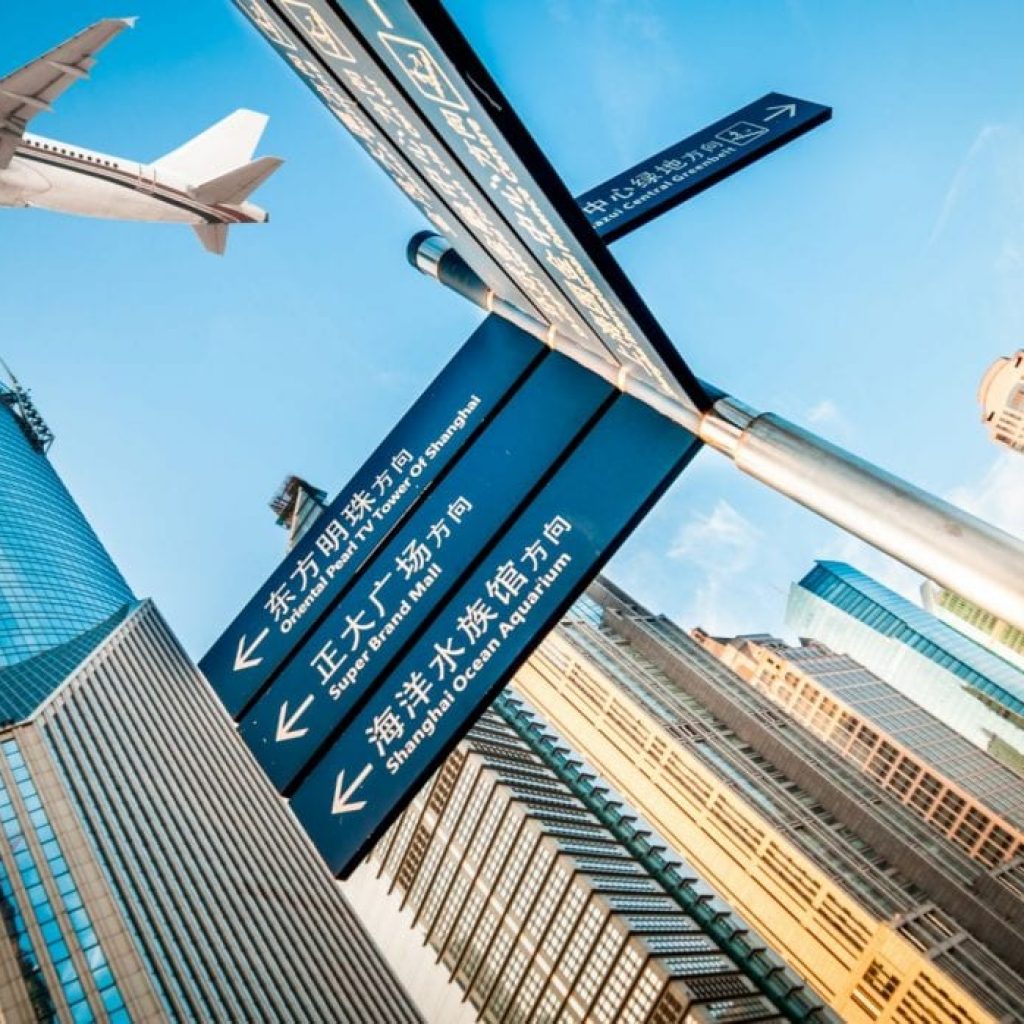Travel Retail in 2020
Duty-free and travel retail sales are projected to reach over US$150 billion by 2025, with APAC leading the industry as the largest regional travel market.
In September 2019, the travel retail operator, Lagardère Travel Retail, reported a +6.4% growth like-for-like and +15.5% consolidated with an overall revenue of US$3.45 billion in the previous nine months while expansion in China fuelled an increase of +8.8% in APAC.

Travel retail wasn’t always such a hot topic, but as the entire retail industry is progressively adapting to the consumer demand for meaningful experiences when it comes to shopping and dining, the travel sector is quickly joining in on the global experiential movement.
Airports becoming retail and entertainment centres
Conventionally, the airport was nothing more than a necessary stop along the way. But today, passengers expect much more from brands before spending their dollars. In 2020, spending two or three hours in an empty, unimaginative terminal before takeoff is something of the past.
The younger consumer scope value personalisation, tech innovation, and social and environmental responsibility. In 2020, airport operators will win from focusing on a localised approach to dining and shopping to put the spotlight on local flavour and talent; prioritising sustainability, waste management and passenger wellbeing; and forming new, unexpected brand partnerships that merge F&B and ‘traditional retail’ to serve an experience-centred retail model aimed at Millennials and Gen Z.
The goal is ultimately to market airports as retail and entertainment centres, encouraging travellers to arrive at the airport earlier and spend more time in terminals.
Travel retail in APAC
The growth of the Chinese tourism economy has a deciding impact on travel retail throughout APAC. The Chinese outbound tourism market is the largest in the world, accounting for over $257 billion in total spend ー almost double that of US outbound tourism at $135 billion.
Outside of mainland China, East Asian markets are driving significant growth with South Korea leading the global duty-free market, accounting for about US$12 billion in sales.
Serving the need for more diverse, localised and experiential retail offerings, airports in southeast Asia and Australia are at the forefront of travel retail.
Sydney Airport, Auckland Airport, Dubai Airport and Singapore Changi, among others, have established themselves as market leaders in this industry by launching a multitude of new dining venues and shopping outlets over the past few years. In Singapore, the opening of Jewel Changi in 2019 marked a major development in travel retail by elevating the airport customer experience like never before.
If airports want to disrupt the industry as leading players in the travel market, operators need to step up their game to present a more attractive and engaging retail model in terminals to gain passengers’ favour and wallet share.
Top 10 travel retail trends for 2020
- Local influences in dining, shopping and design
- Making luxury retail more attainable
- ‘Retailtainment’ in airports
- Personalisation and product customisation
- Digitalising duty-free shopping
- Expanding F&B programs and implementing experiential concepts
- Organic and nutritional dining
- Wellness hubs/pop-ups
- Going green and improving waste management
- Pioneering brand partnerships
The Ground Control team’s combined experience of 50+ years in the industry is the ideal guiding force to take your business to the next level and step into the travel retail world. With over 40 awards palmed in for our innovative concept rollouts, the quality of Ground Control’s work speaks for itself.

Recent Comments